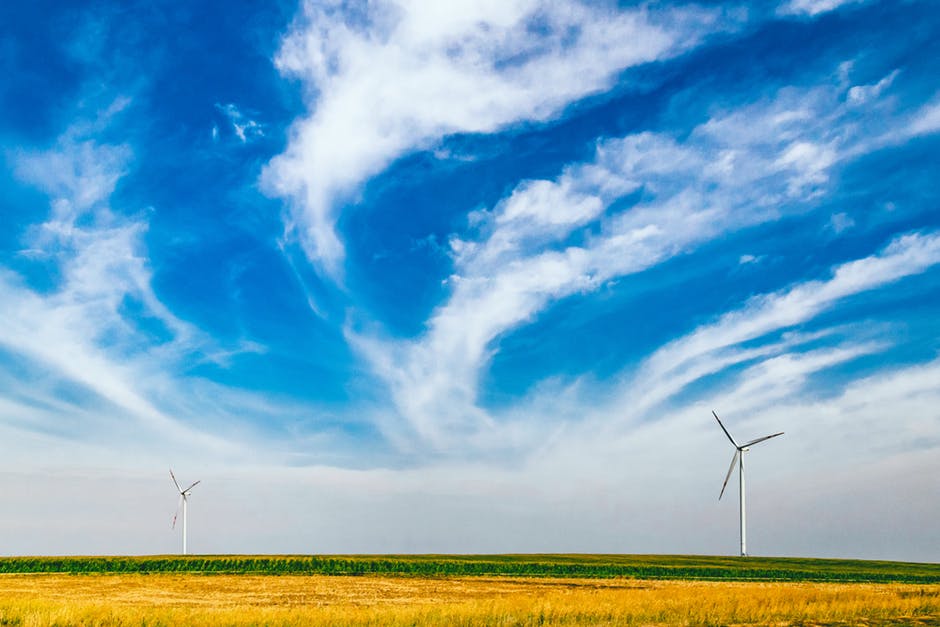The ability to store renewable electricity is crucial to the UK freeing itself from dependency on fossil fuels. But how exactly does it work, and who’s building it?
Afew years ago, when people in Bristol’s Feeder Road district learned of plans to install 48 diesel generators near a local nursery school, they weren’t best pleased. As part of a group called Residents Against Dirty Energy (RADE), they campaigned hard against it. But they were up against a compelling argument: without such backup power plants, the UK’s electricity grid could cease to function.
Balancing electricity supply and demand is an essential task for the grid. Even in the days when most of the UK’s electricity came from large coal plants, some of these always had to be kept on ‘spinning reserve’ – ready to send more power down the wires as demand surged at peak times. With a growing proportion of our electricity coming from renewable sources, notably wind and solar, the fine art of grid balancing is even more important today. Renewables are, by their nature, variable: the wind doesn’t always blow; the sun’s intensity isn’t always consistent. So backup supplies are essential.
But that doesn’t have to mean ranks of diesel plants next to nursery schools – or anywhere else. A few years on from RADE’s campaign, a spanking new power plant is indeed being built on that very site, but this time it’s one that meets with the residents’ approval: a bank of batteries.
Read more: Positive.News
It’s Time to Go Green!
If you would like to know more about Solar Panels and the PowerBanx range of home battery systems, and get a free instant quote, please complete our online form:






